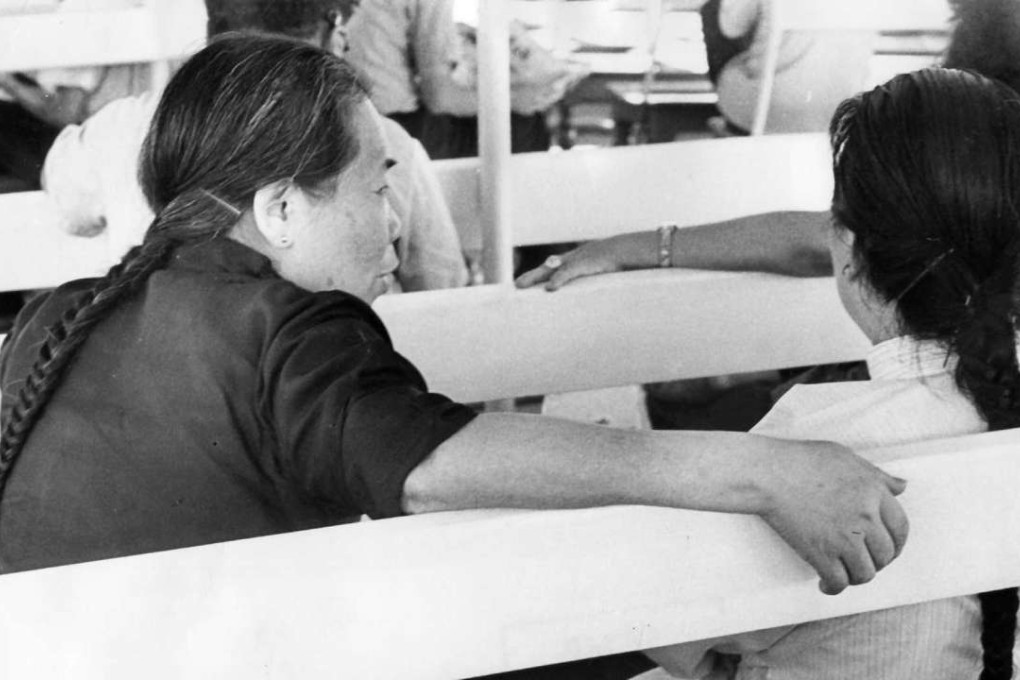Language Matters | Where Hong Kong got ‘amah’, old word for maidservant, from
The term used to mean a Chinese domestic helper, and the Indian variant, ‘ayah’, entered the English language at the height of the British empire, but their roots lie in another former colonial superpower

The presence of female domestic helpers, especially for childcare, is widespread in Asian urban centres today, but the practice of employing nannies can be traced back a long way, as can be gleaned from the origins of the terms used.

Research underscores how these words became part of core English during the height of the British empire – a consequence of contact on the Indian subcontinent and the impact of Indian English. While this is true, it overlooks deeper layers of history and contact.
Given the Asian context, one might assume that “ayah” and “amah” come from an Asian language. Is “ayah” from the Hindi a¯ya¯ ?No. It actually derives from the Portuguese aia (“nursemaid”), which in turn comes from the Latin avia “grandmother”), just as “amah” is from the Portuguese ama (“nurse”), which descends from the Medieval Latin amma (“mother”), though some suggest it was the Chinese ah ma (“little mother”, “grandmother”). It was, after all, the Portuguese whose empire first – some two centuries before the British – extended across vast territories, including south, southeast and east Asia.
